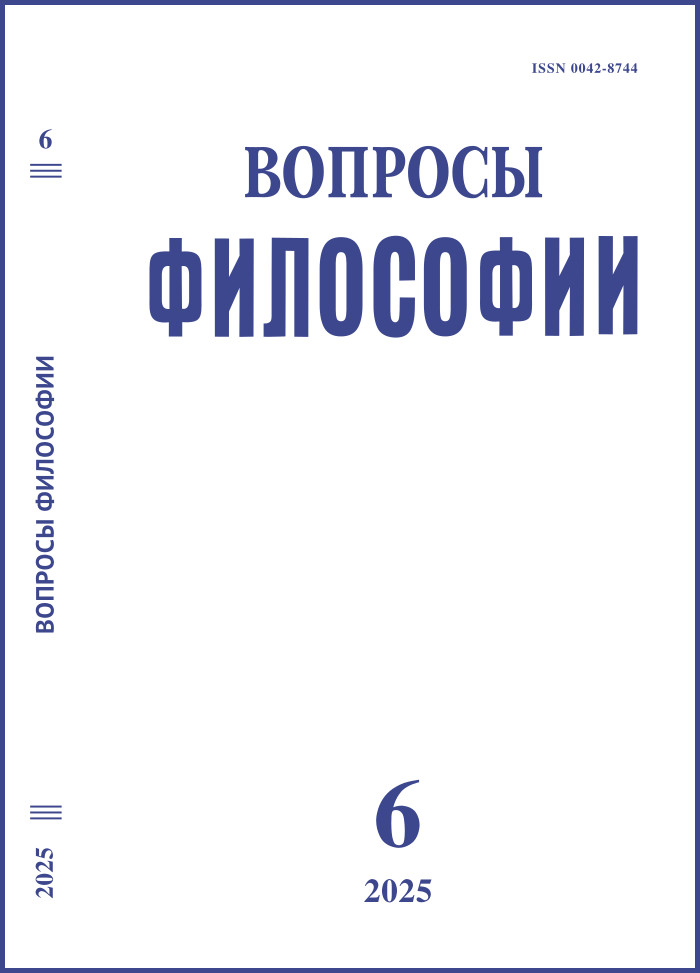Tanya Luhrmann’s Anthropological Study of Religion: New Theory of Religion
DOI:
https://doi.org/10.21146/0042-8744-2025-6-186-195Keywords:
anthropology, religious studies, psychiatry, psychology, Western esotericism, religious experience, mystical experience, magic, Christianity, psychoanalysisAbstract
The second part of the reconstruction of Tanya Luhrmann’s religious studies project is devoted to the key stage in the formulation of her theory. It was found that studying charismatic Christians at the Vinogradnik Church helped her combine the achievements of all her previous projects into one theory of religion. This theory was systematically expressed in her 2020 monograph, “How God Becomes Real”. The article proves that the project on charismatic Christianity is based on two principles: negative (criticizing the cognitive approach to religion, especially S. Guthrie’s theory), and positive (analyzing central charismatic practices through Winnicot’s concept of transitive objects). During the analysis of Luhrmann’s theory, its fundamental components were identified (paracosm, faith frame, spiritual kindling, absorbtion, prayer as a metacognitive practice etc.). Additionally, the Sensory Delight Scale developed by a research team led by Luhrmann was based on the Tellegen-Atkinson Absorption Scale which was used in a cross-cultural study of charismatic Christians in USA, Africa and India. A critical analysis of the anthropological religious project revealed weaknesses, including Luhrmann’s ideological roots in Freudian method. Secondly, it is shown that the Luhrmann project is based on the study of two invented traditions that developed in the conditions of late liberalism, with its special economic, cultural and ideological realities. Thus, the private experience of modern believers is projected onto the entire history of religion and on all believers. Thirdly, through the example of Tanya Luhrman’s shortcomings, a common problem in modern sociological, psychological, and anthropological research methods is revealed.

